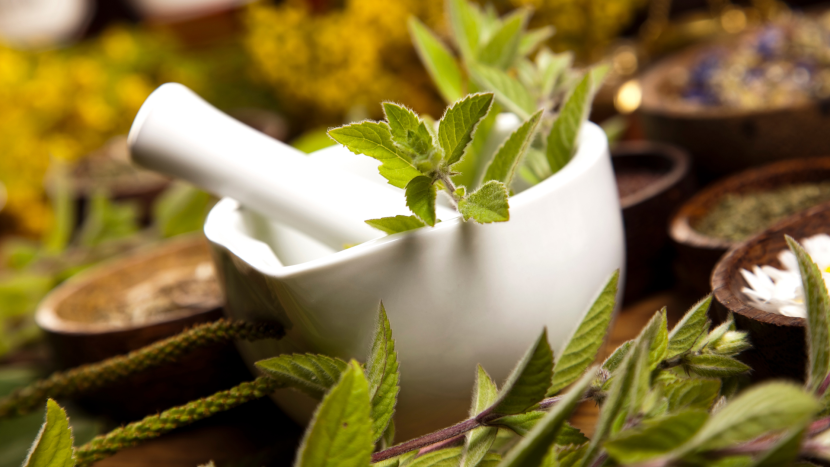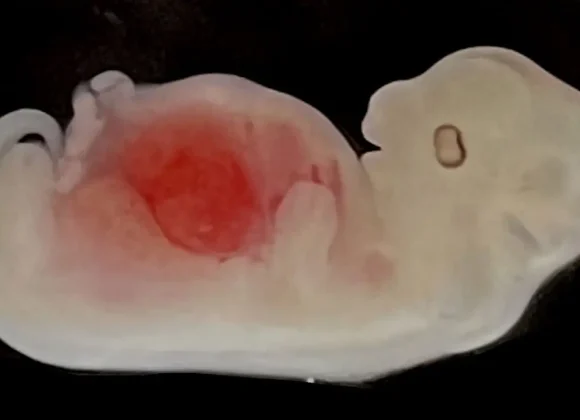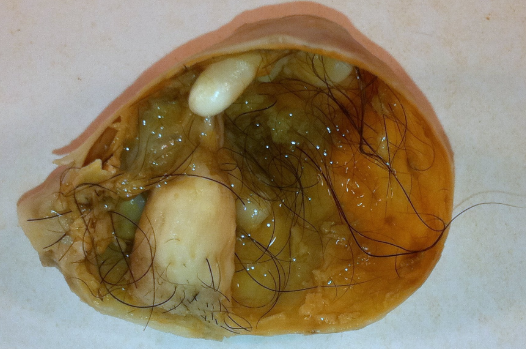India is home to more than 700 tribal communities, each with its own rich traditions and deep connection to nature. For centuries, these communities have depended on forests, rivers, and mountains not just for food and shelter, but also for healing. Their medical practices—rooted in keen observation of the natural world—draw on a vast knowledge of herbs, roots, bark, and minerals to cure ailments, promote wellness, and restore balance. Passed down through generations by word of mouth, this ancient wisdom reflects a harmonious way of living where health is seen as a blend of body, mind, spirit, and environment. Today, as the world turns its attention back to natural and holistic healing, the time-tested practices of India’s tribal healers offer valuable lessons in sustainability and respect for nature’s pharmacy.
Ancient Roots: The Origins of Tribal Healing Practices
The origins of tribal medicine in India go back thousands of years, deeply rooted in the daily lives and environments of indigenous communities. Long before written texts and formal systems of medicine appeared, tribal healers observed nature directly, experimented through trial and error, and shared their collective experiences to understand the healing powers of plants, roots, bark, and minerals. Generation after generation, they studied how these natural elements affected the human body.
Practical knowledge shaped tribal healing practices, but their worldview also played a key role. They saw health as a state of harmony between humans, nature, and the spiritual world. When illness disrupted this balance, they worked to restore it through both physical remedies and sacred rituals. Elders, shamans, and medicine men and women actively healed the sick and guarded their community’s sacred medical knowledge.
Tribal healers passed this wisdom down through chants, songs, and storytelling, creating the foundation of their healthcare system. Even today, many tribal communities continue to rely on these ancient methods, preserving their rich heritage of natural healing despite the rise of modern medicine.
Nature’s Pharmacy: Medicinal Plants Used by Tribes
India’s tribal communities treat the forest as a living pharmacy. They depend on it for healing and survival. Tribal healers have identified medicinal plants, roots, bark, and seeds over centuries. They preserve and pass down this knowledge through generations. Each tribe studies local biodiversity and applies it in treating illnesses.
Healers use neem (Azadirachta indica) to clean wounds and fight infections. They value tulsi (Ocimum sanctum) for immunity and respiratory health. Ashwagandha (Withania somnifera) helps restore strength and reduce stress. Haritaki (Terminalia chebula) supports digestion and detoxification.
Tribal healers crush leaves into pastes or boil roots for decoctions. They dry and powder bark for use in remedies. When harvesting plants, they take only what they need. They protect the forest’s balance through mindful gathering. Healers follow age-old customs and thank nature for its gifts.
Today, more people seek natural and herbal treatments. India’s tribal pharmacy offers trusted remedies and vital lessons in conservation.
Rituals, Beliefs, and Holistic Healing
In tribal communities, people see healing as more than just treating physical symptoms — they view it as a sacred act that unites the body, mind, spirit, and nature. Tribal healers blend practical knowledge of herbs and natural remedies with spiritual beliefs and age-old rituals. They often see illness as the result of an imbalance in nature, a displeased spirit, or a break in the harmony between humans and the environment.
Tribal healers play a vital role in restoring this balance. They chant mantras, offer prayers to local deities, and perform purification ceremonies during the healing process. They treat sacred groves, rivers, and mountains as the dwelling places of protective spirits and make offerings to seek blessings for recovery.
The entire community takes part in the healing process. Relatives, neighbors, and elders gather to support the patient and help restore well-being, reinforcing the idea that wellness is a shared responsibility. This holistic approach addresses the illness and strengthens social bonds and emotional health.
These traditions teach us that health goes beyond curing disease — it calls for living in harmony with ourselves, our community, and the natural world.
Case Study: A Glimpse into Select Tribal Medical Systems
Across India’s vast landscape, different tribal communities have built unique medical systems shaped by their environment, culture, and spiritual beliefs. While each tribe follows distinct practices, they all respect nature’s healing powers and embrace a holistic view of health.
In central India, healers of the Gond tribe — often called baigas — prepare herbal pastes and decoctions using local plants to treat wounds, fevers, and snake bites. They rely heavily on forest herbs and roots, using chirayata to fight malaria and giloy to boost immunity and reduce fever.
In Jharkhand, Odisha, and West Bengal, Santhal healers use bark, leaves, and roots from sacred groves to treat coughs, colds, digestive disorders, and skin conditions. They blend herbal remedies with ritual offerings to local spirits, believing that true recovery requires both physical and spiritual care.
In western India, Bhil healers tap into the healing properties of forest roots, seeds, and tubers. They use the ber plant to ease digestive troubles and amaltas bark to purify the blood. They also set broken bones and treat animal bites, combining herbal pastes with splinting techniques and chants.
These examples open a small window into the diversity and richness of India’s tribal medical wisdom — a living heritage that still serves communities today.
Threats and Challenges
Despite its deep roots and invaluable wisdom, traditional tribal medicine in India faces serious threats today. One of the biggest challenges is the loss of natural habitats. As forests are cleared for agriculture, mining, and development, many medicinal plants that tribes depend on are becoming scarce. With this loss of biodiversity, precious knowledge tied to these plants is also at risk of disappearing.
Modernization and migration have further weakened these traditions. Younger generations are increasingly moving to cities in search of education and jobs, often leaving behind ancestral practices. The oral nature of tribal medical knowledge — passed down through stories and practice — means that when a healer passes away without an apprentice, that wisdom may be lost forever.
There is also the danger of biopiracy. Pharmaceutical companies and researchers sometimes exploit tribal knowledge without proper recognition or benefit sharing, raising ethical concerns about intellectual property rights.
Finally, tribal medicine struggles for acceptance in mainstream health systems, where it is often undervalued or dismissed as superstition, despite its proven effectiveness in many cases. Protecting this knowledge calls for greater respect, documentation, and fair collaboration between tribal communities, researchers, and policymakers.
The Way Forward: Preserving and Learning from Tribal Medicine
Preserving India’s tribal medical traditions is not just about safeguarding ancient knowledge — it is about protecting a sustainable, nature-centered approach to health that can benefit all of humanity. One key step is documenting tribal healing practices through respectful collaboration with the communities. Ethnobotanists, researchers, and cultural historians have an important role to play in recording this wisdom without exploiting it, ensuring that credit and benefits rightly go to the tribes.
Promoting community-led conservation efforts is equally vital. When forests thrive, so does the traditional knowledge tied to them. Empowering tribes as stewards of biodiversity helps protect both ecosystems and cultural heritage.
Integrating useful tribal remedies into modern health systems, while respecting their spiritual and cultural context, could open new doors for natural and affordable healthcare. However, this must be done with sensitivity, ensuring tribal voices are heard and their rights are safeguarded.
Ultimately, the survival of tribal medicine depends on greater awareness, appreciation, and ethical support. By learning from these time-tested practices, we can move towards a future where modern science and traditional wisdom work hand in hand for a healthier planet.
Final Thoughts
Traditional tribal medicine in India is more than a collection of remedies — it is a reflection of a way of life that values harmony with nature, respect for all living beings, and holistic well-being. At a time when modern society is searching for sustainable and natural approaches to health, the wisdom of tribal healers offers lessons that are as relevant today as they were centuries ago. Protecting this priceless heritage is not just the responsibility of tribal communities, but of all of us. By supporting conservation, encouraging ethical research, and recognizing the value of indigenous knowledge, we can ensure that this healing wisdom continues to thrive for generations to come.




